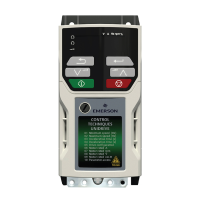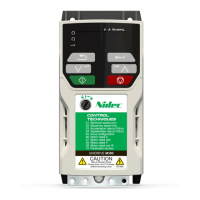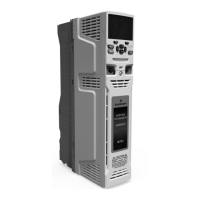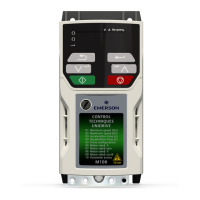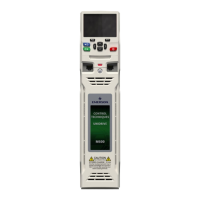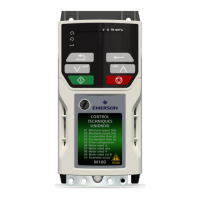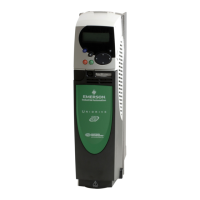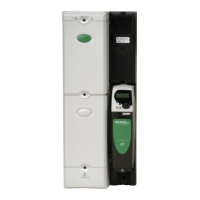SI-Ethernet User Guide 133
Issue: 1
Safety
information
Introduction
Mechanical
installation
Electrical
installation
Getting started Parameters
Key features
and Protocols
PC Applications Security Diagnostics
Glossary of
terms
Index
7.3.3 Checking for bottlenecks
There are three main reasons why a bottleneck occurs:
1. A drive is receiving more Ethernet messages than it can handle.
(8000 frames per second)
2. A drive is being asked to access more parameters than it can handle.
(6000 parameters per second for M600, M700 and M800, 500 parameters per
second for M200, M300 and M400)
3. A segment of the network has reached it’s bandwidth limit.
For a full duplex 100Mbit/sec Ethernet network, assuming all Ethernet messages
are the maximum 1500 bytes in length, the bandwidth is 8000 frames/sec in each
direction.
7.3.4 RTMoE Message synchronization
Cyclic messages can be synchronized or non-synchronized.
Only one synchronized cyclic link in each direction (one transmit and one receive) is
possible so these should only be used for high precision applications where the motion
of multiple drives must be closely coupled (e.g. printing applications). All other
messages should be sent using a non-synchronized cyclic link.
By default, all cyclic links are non-synchronous, if a synchronous link is required then
the relevant link number profile for both the transmit link and receive link must be set to
“Sync”.
Synchronized cyclic data links utilise the IEEE1588 clock time distributed across the
network. The IEEE1588 clock can synchronize the drive's control loops to within a 1µs
accuracy, Pr 0.11.002 Option Synchronisation Active displays the active option slot
providing synchronization. With synchronized control loops the Ethernet interface can
be used to transfer drive parameters containing motion information, including those
from the AMC.
Synchronous links work by including the time of when the data should be used along
with the data values. This time allows enough time for the cyclic link to reach all
destination devices, the time allowed for can be set in Easy Mode Maximum Network
Delay (S.11.030). The receiving interface will wait for its current time to match the
timestamp in the cyclic link before processing the message.
With normal Ethernet there are a number of variables that can impact upon the
performance of the network. These include:
• Delays through switches - Ethernet is a switched network and messages are
typically copied completely into a switch before being forwarded on. This is
fundamental to modern Ethernet and cannot be influenced by system design.
• Message length – the longer a message, the longer it will take to transmit and copy
into a switch before forwarding it on. For a synchronous cyclic link frame this delay
is 12µs, for a full Ethernet frame it is 120 µs.
Message length can be controlled, but to maximise compatibility with other Ethernet
traffic, it is sensible to allow for full frame Ethernet messages where possible.
• It is unrealistic to assume that all messages will be full frames
• In reality the maximum number of frames/sec will be higher
• A more detailed frame analysis may be performed if necessary but the values
stated can be used to quickly determine whether bottlenecks could be a problem
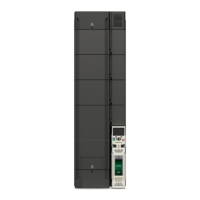
